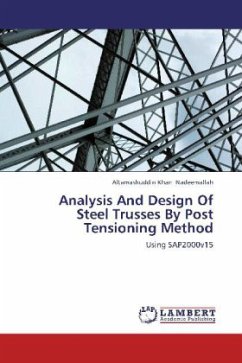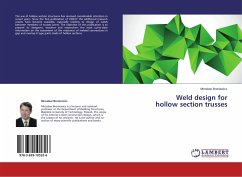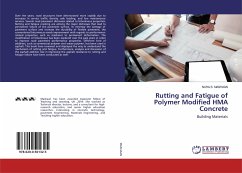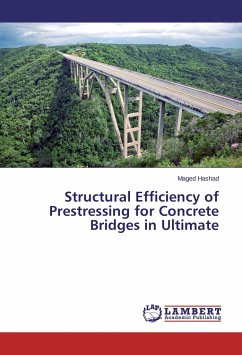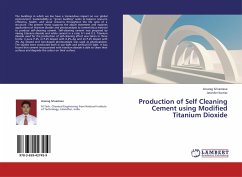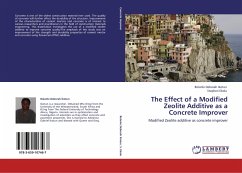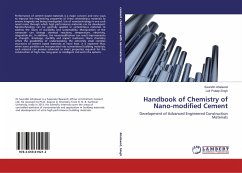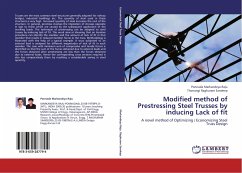
Modified method of Prestressing Steel Trusses by inducing Lack of fit
A novel method of Optimizing / Economizing Steel Truss Design
Versandkostenfrei!
Versandfertig in 6-10 Tagen
45,99 €
inkl. MwSt.

PAYBACK Punkte
23 °P sammeln!
Trusses are the most common steel structures generally adopted for railway bridges, industrial buildings etc. The quantity of steel used in these structures is very high. Increased quantity of steel increases the cost of the structure. In general, prestress involves the imposition of stresses opposite in sign to those which are caused by the subsequent application of the working loads. The technique of prestressing can be adapted to steel trusses by inducing lack of fit. This work aims at showing that an iterative procedure can identify the member and the amount of lack of fit in that member t...
Trusses are the most common steel structures generally adopted for railway bridges, industrial buildings etc. The quantity of steel used in these structures is very high. Increased quantity of steel increases the cost of the structure. In general, prestress involves the imposition of stresses opposite in sign to those which are caused by the subsequent application of the working loads. The technique of prestressing can be adapted to steel trusses by inducing lack of fit. This work aims at showing that an iterative procedure can identify the member and the amount of lack of fit in that member that results in reduced member forces in the truss. Methodology is illustrated with the help of a typical example. A truss subjected to an external load is analyzed for different magnitudes of lack of fit in each member. The case with minimum sum of compressive and tensile forces is identified so that the sum of the forces obtained due to external loads and the forces obtained after prestressing are less than the forces obtained due to external loads. Hence the corresponding cross sections required is also less comparatively there by resulting a considerable saving in steel quantity.



